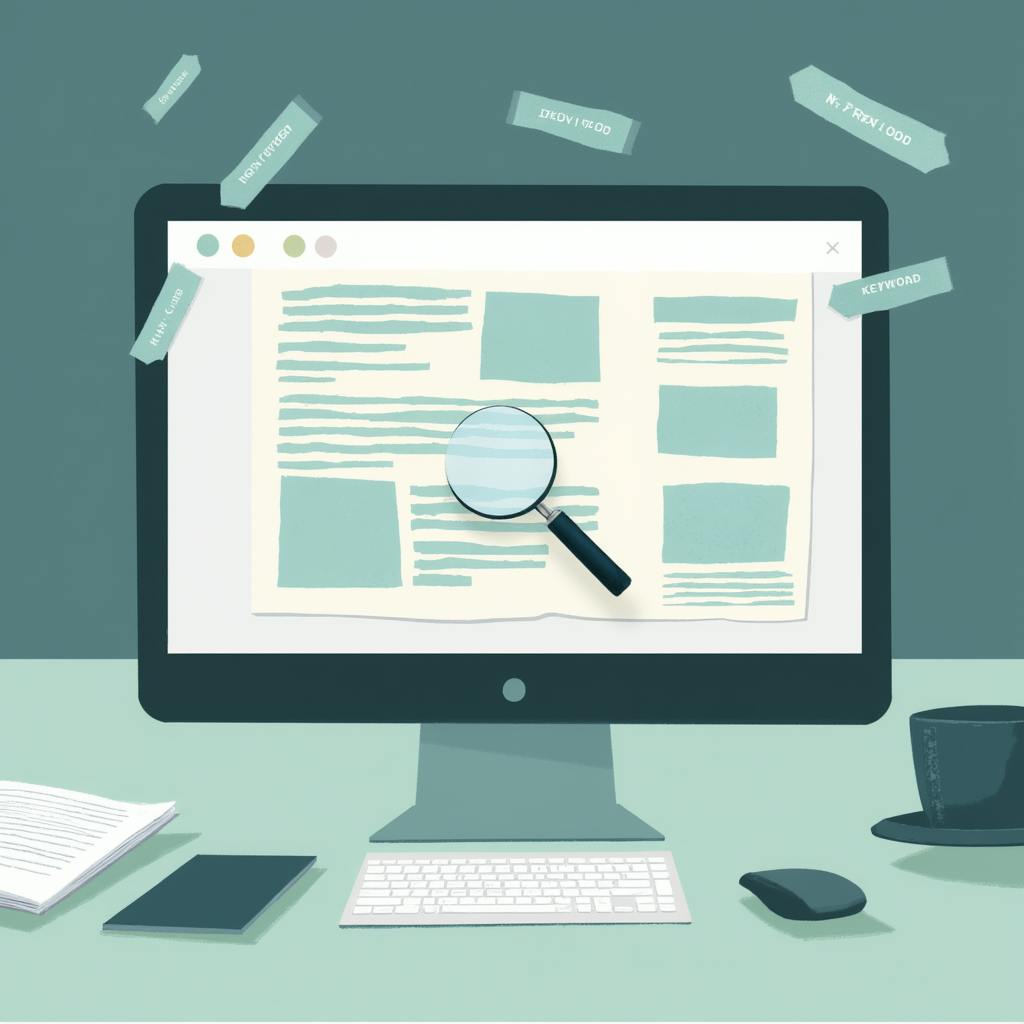As technology keeps advancing, Artificial Intelligence (AI) has become a powerful tool, especially in how we understand and use visual content. What once seemed like science fiction, using AI to describe an image is now a real and game-changing part of our digital world. This progress is improving how people use websites, apps, and other platforms, while also transforming industries in new ways. By turning complex images into clear, written descriptions, AI is helping break down barriers and opening up more ways to connect and explore online.
The Emergence of Visual AI
AI's ability to describe images depends on the powerful mix of machine learning and computer vision. These technologies help AI learn how to recognize patterns, spot objects, and write clear, accurate descriptions. To do this well, visual AI uses huge amounts of image data so it can understand pictures almost like a human. It can identify simple objects and even explain more complex scenes, making tasks that used to be hard much easier and faster in many industries.
Machine learning is the foundation of this progress, especially deep learning. A key tool is the Convolutional Neural Network (CNN), which helps AI understand visual data by breaking down images into parts and learning from them. This lets AI not only recognize things in a picture but also understand the meaning and details, something that used to seem possible only for people.
Key Uses and Benefits
Accessibility
One of the most important uses of AI in image description is making digital spaces more accessible for people who are visually impaired. By adding AI-generated descriptions to tools like screen readers, these users can better understand and enjoy online content that includes images. This isn’t just a helpful feature—it’s a major step toward inclusion, giving everyone a fair chance to connect with visual information that was once out of reach.
Content Management
For businesses with large online platforms, using AI to describe images makes tagging and organizing visuals much easier. This automation helps improve how easy it is to search and manage digital content, saving time and money. With AI handling these tasks, companies can spend more energy on creativity and planning. By making images simple to find and use, AI helps businesses keep their digital systems running smoothly.

AI made with Jed Jacobsohn
E-commerce
In e-commerce, AI-created image descriptions make product listings better by giving clear details about how a product looks, works, and what features it has. This helps customers understand products more easily, leading to better shopping experiences and more sales because buyers can make smarter choices.
Safety and Surveillance
AI’s ability to recognize images helps improve safety by quickly analyzing and describing video footage. It can spot possible security risks or unusual behavior and send instant alerts to the right people. This is especially useful in places like airports, public events, and secure buildings where fast action is really important.
Addressing Frequently Asked Questions
How does AI describe images?
AI uses deep neural networks trained on large collections of images and their descriptions. Using tools like convolutional neural networks (CNNs), AI learns to spot important features and patterns to describe images accurately. It carefully examines parts of an image such as colors, shapes, and textures and combines this information to create a clear story that explains what the image shows.
What are the limitations of AI in image description?
Even with fast progress, AI still faces challenges, especially in understanding context, cultural details, and abstract ideas. Because AI learns from training datasets, any biases in those datasets can cause it to give wrong or unfair descriptions. Also, AI often struggles to grasp the subtle emotions and intentions humans express, showing why continued research and improvement are so important.
Is AI replacing human efforts in image processing?
AI should be seen as a tool that helps humans, not one that replaces them. By handling repetitive tasks, AI allows people to focus on the harder parts of image analysis where human creativity and intuition matter most. Working together, humans and AI can create deeper and more detailed understanding.
Frequently Asked Questions: Using AI to Describe an Image
How does artificial intelligence describe an image?
Artificial intelligence describes an image by using deep learning models that focus on computer vision and natural language processing. These models are carefully trained to recognize patterns, objects, and scenes in an image and create sentences that explain what the image shows. The process involves looking at key parts like colors, shapes, and textures and combining them to build a clear description that matches the image’s content.
What is the process behind AI's image description?
The process behind AI's image description involves several key stages:
- Image Processing: The image is first processed to enhance its quality and extract significant features. This may involve techniques such as edge detection, segmentation, and the application of filters to highlight various aspects of the image.
- Feature Extraction: Once processed, the image undergoes feature extraction using convolutional neural networks (CNNs). The CNNs analyze various layers of the image to identify distinct features such as edges, textures, and patterns.
- Object Detection and Recognition: The extracted features are then used to detect and recognize objects, people, and other relevant entities within the image. Pre-trained models can identify a wide range of categories by comparing features with those from labeled datasets.
- Caption Generation: After recognizing the objects and elements within the image, recurrent neural networks (RNNs) or transformers are employed to generate a textual description. These models take the identified features and objects as input, forming structured sentences that describe the image's content.
- Refinement: The initial caption can be refined using natural language processing techniques to enhance grammatical structure, coherence, and fluency, ensuring the description is both accurate and understandable.

AI made with Jed Jacobsohn
How is visual AI contributing to the rise of artificial intelligence?
Visual AI is significantly contributing to the broader landscape of artificial intelligence by enhancing machine perception and understanding of the environment. Key contributions include:
- Human-AI Interaction: By enabling machines to understand and describe visual content, visual AI enhances interaction between humans and machines, making AI systems more intuitive and accessible.
- Data Utilization: Visual AI transforms vast amounts of unstructured visual data into structured textual information, which can be easily analyzed and used for decision-making processes.
- Interdisciplinary Applications: Visual AI integrates with various fields, including healthcare (diagnostic imaging), autonomous vehicles (environment perception), and retail (visual search and product recognition), showcasing its versatility and impact.
- Advancements in AI Research: Research and development in visual AI push the boundaries of AI capabilities, leading to improvements in model accuracy, processing speed, and generalization across diverse datasets.
What are the practical applications of using AI to describe images?
The practical applications of using AI to describe images span across multiple industries and scenarios:
- Accessibility: Visual AI aids visually impaired individuals by providing descriptive narrations of images, improving accessibility to digital content and enhancing their interaction with the world.
- Content Moderation: AI can automatically describe images and identify inappropriate or harmful content, streamlining moderation processes on social media platforms and ensuring compliance with community guidelines.
- E-commerce and Retail: In the retail sector, AI can be used to generate product descriptions from images, facilitate image-based searches, and enhance customer experiences by providing recommendations based on visual similarities.
- Autonomous Vehicles: Describing the visual surroundings is crucial for autonomous vehicles to make informed navigation decisions, detect obstacles, and ensure passenger safety.
- Healthcare: In medical imaging, AI can assist in diagnosing diseases by analyzing and describing X-rays, MRIs, and other diagnostic images, supporting doctors in making more accurate assessments.
As AI technology keeps evolving, its skill in describing images accurately and with context will create new chances for innovation and efficiency in many areas.
Conclusion
As AI continues to advance, its ability to describe images is becoming essential in how we use digital technology and improve accessibility. This progress benefits many fields, from enhancing online shopping to helping people with disabilities. Visual AI is not just a technological breakthrough; it is reshaping how we connect and include everyone. Moving forward, it is crucial to develop and use AI responsibly and ethically.
Overall, AI’s talent for understanding and explaining images will play a vital role in our increasingly digital world, unlocking new opportunities for growth and innovation.

